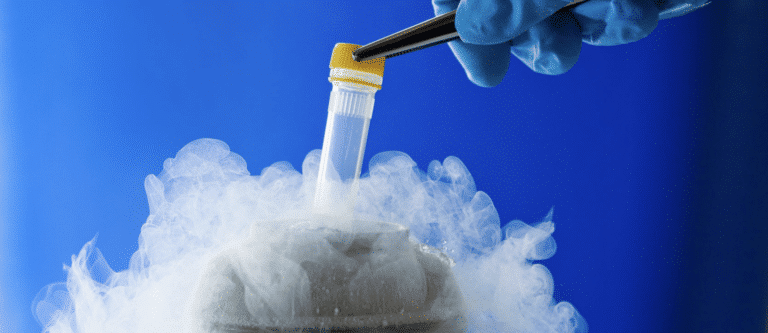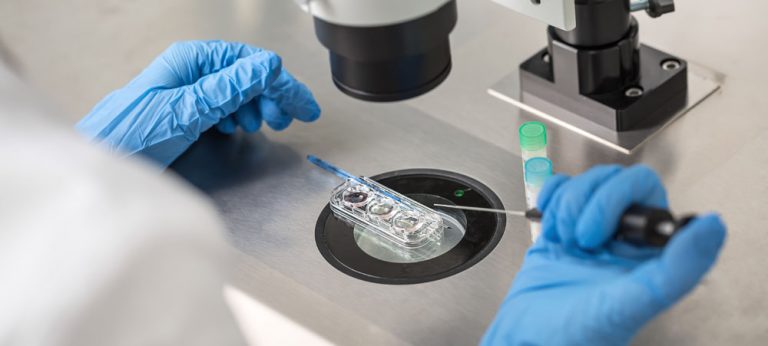In vitro fertilization (IVF) is today considered one of the greatest successes of modern medicine. It is the most effective treatment in fertility clinics.
IVF milestones
In vitro fertilization is a complex procedure involving a series of medical interventions that can make the experience emotionally and physically demanding. On the other hand, it is the most effective treatment and maximizes your chances of eventually starting a family. Remember that the goal of IVF is to fertilize an egg outside the uterus and transfer it a few days later into the uterine cavity.
The cost of IVF
A first cycle of IVF costs approximately $15,000 in the United States, not including medication, diagnostic tests and blood tests. For those whose fertility has been compromised by chemotherapy treatments, the treatment remains free. To this can also be added the price of sperm, ranging from $2000 to $4200 per dose.
However, it might be a good option to travel abroad for that kind of procedure. The cost of an IVF cycle in Mexico can be as low as $4000USD.
Stimulation of ovulation
It consists of provoking the simultaneous development of several follicles during the same cycle. The idea is to obtain enough eggs to be able to select those most likely to generate a successful pregnancy. The hormonal manipulations necessary to achieve this may cause some discomfort to the patient, but are generally very well tolerated.
Egg retrieval
When the ultrasound indicates the presence of follicles of sufficient size (18 to 25 mm in diameter), the final maturation of the eggs is completed by a generally double injection of hCG and a GnRH agonist. The oocytes will be ready to be recovered 35 hours later by means of puncture (aspiration) of the mature ovarian follicles. This procedure, under local anesthesia, is performed vaginally with a fine needle attached to the ultrasound probe.
Micro-injection (ICSI)
In order to limit the risk of fertilization failure in the laboratory, clinics most often carry out assisted in vitro fertilization, especially when the sperm does not contain enough sperm. The problem is circumvented by injecting a single sperm into each egg with a small glass needle.
Embryo development
On the day of egg retrieval, a sperm preparation is performed from a semen sample. In conventional in vitro fertilization, each oocyte is placed in a small plastic box with 50,000 to 100,000 spermatozoa. Approximately 18 hours later, fertilization is observed under a microscope.
Embryo transfer
Three to five days after fertilization, the embryo can be transferred into the cavity of the uterus using a small, thin, flexible plastic tube inserted vaginally.
This is a procedure that takes only a few minutes and is usually painless. Only one embryo is transferred per attempt unless the doctor decides otherwise because of the patient’s age or the quality of the embryos.
The luteal phase and pregnancy
After ovulation, the lining of the uterus, the endometrium, becomes more receptive to the fertilized embryo thanks to the progesterone secreted by the corpus luteum.
During IVF, progesterone supplements are administered as soon as the embryo is transferred to promote implantation.
An ultrasound will confirm the viability of the pregnancy at the 6th week.










![Home Renovation Guide [2025]](/app/uploads/2021/04/design-hacks-1-378x300.jpg)
